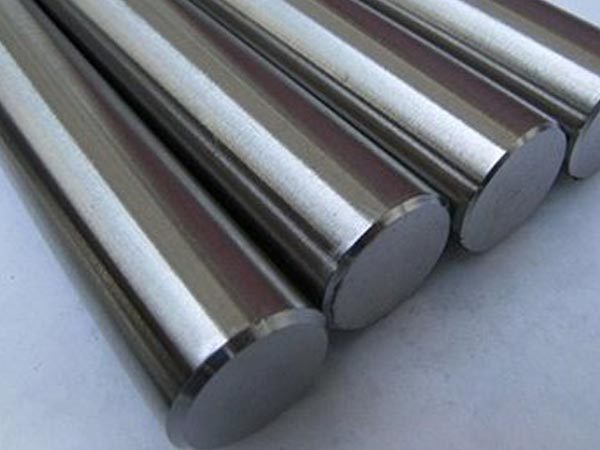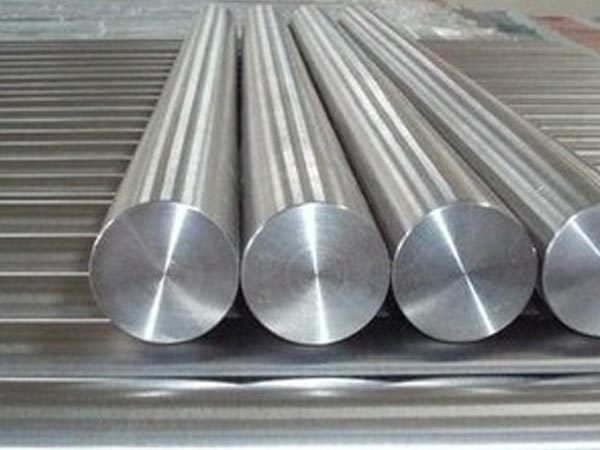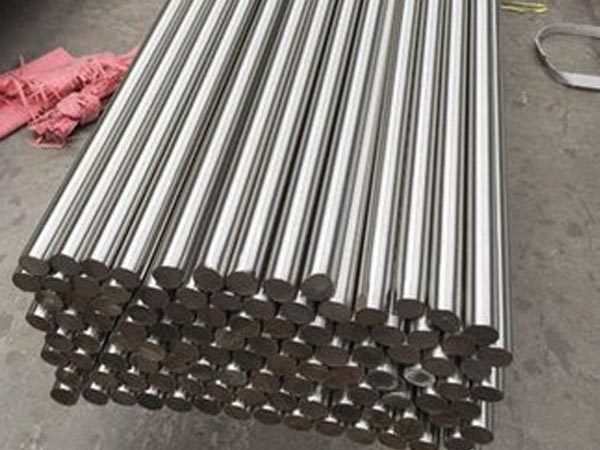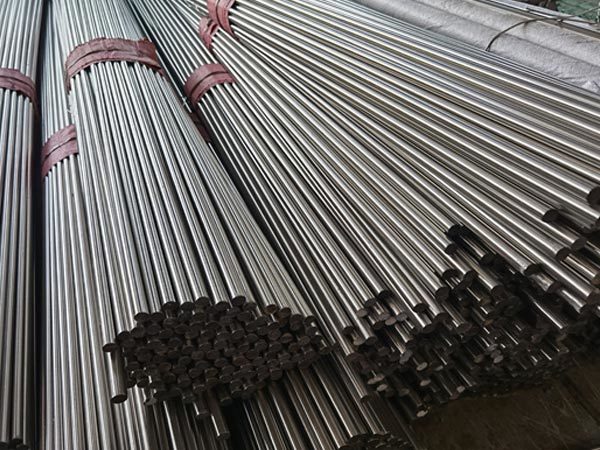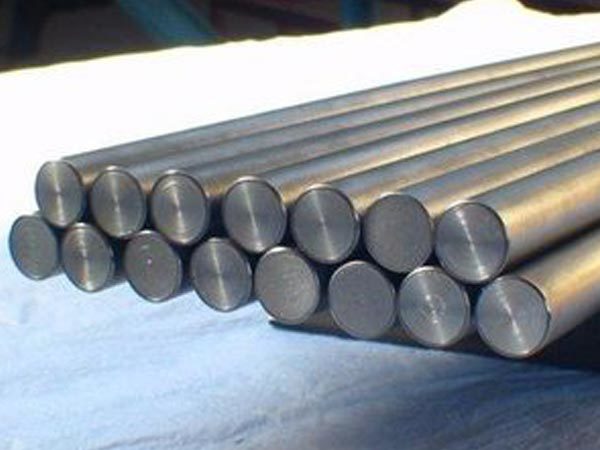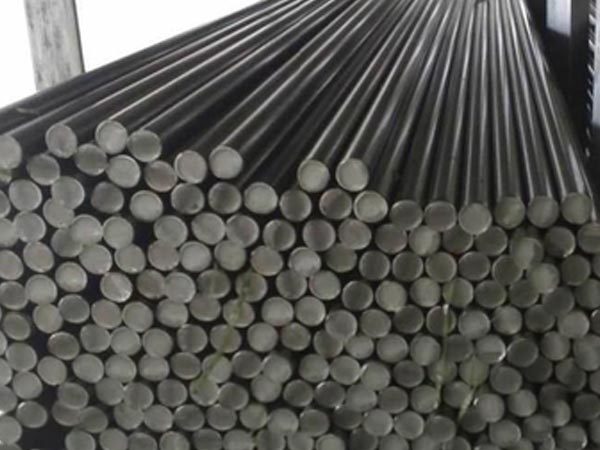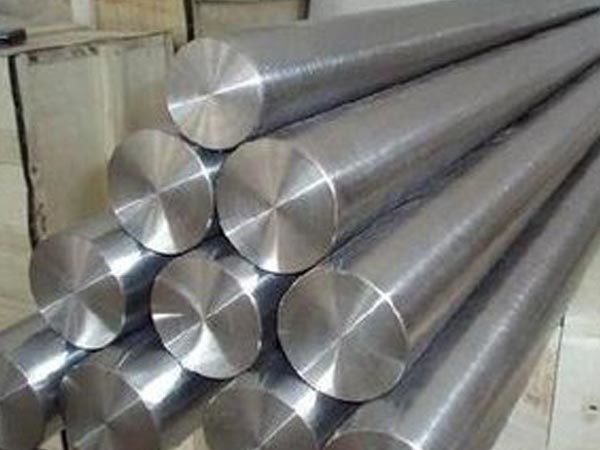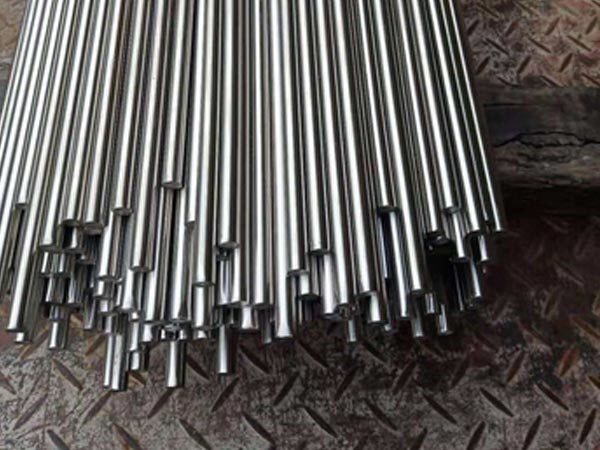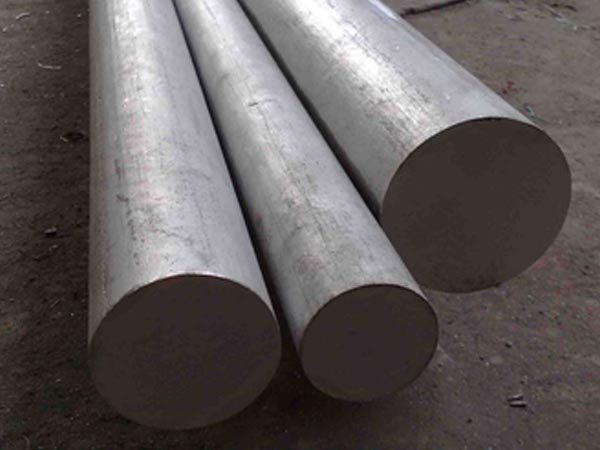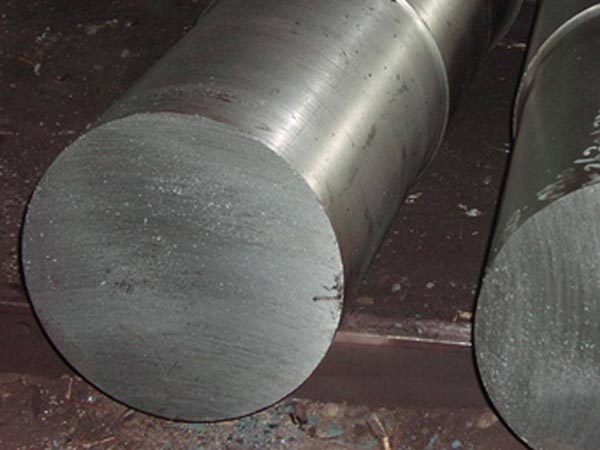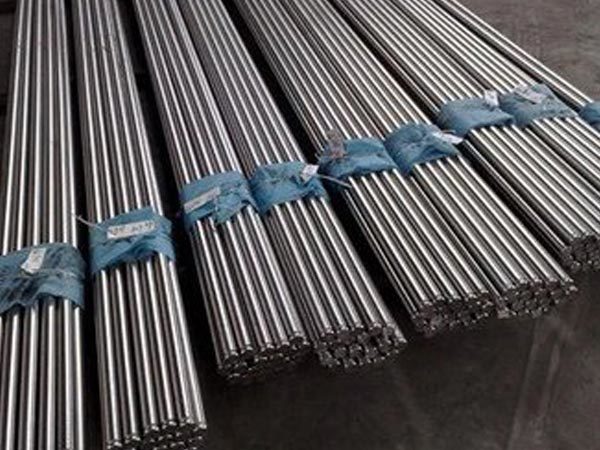PRODUCT CENTER
2520 stainless steel, also known as UNS S31008 and DIN 1.4845, is a high-alloy austenitic stainless steel recognized for its exceptional resistance to high-temperature oxidation and corrosion. It finds extensive use in various industries for its reliability and durability.
2507 stainless steel is a super duplex stainless steel, characterized by excellent corrosion resistance and high strength. It contains 25% chromium, 7% nickel, and higher levels of molybdenum, copper, and nitrogen, providing outstanding performance in chloride-containing environments. With good corrosion resistance in acidic, alkaline, and saline environments, 2507 stainless steel excels, especially under high-temperature and high-pressure conditions. Additionally, it exhibits excellent resistance to stress corrosion cracking and is suitable for various applications in seawater treatment, oil and gas industries, chemical processing, marine engineering, and more. Its superior strength, corrosion resistance, and durability make it a preferred choice for demanding engineering and manufacturing applications.
Because the carbon content of 904L is very low (0.020% maximum), there will be no carbide precipitation in the case of general heat treatment and welding. This eliminates the risk of intergranular corrosion that normally occurs after heat treatment and welding. Due to the high chromium-nickel-molybdenum content and the addition of copper, 904L can be passivated even in reducing environments such as sulfuric and formic acids. The high nickel content also results in a lower corrosion rate in the active state. In pure sulfuric acid in the concentration range of 0~98%, the operating temperature of 904L can be as high as 40 degrees Celsius. In pure phosphoric acid in the concentration range of 0~85%, its corrosion resistance is very good. In industrial phosphoric acid produced by the wet process, impurities have a strong effect on the corrosion resistance. Of all the various phosphoric acids, 904L is more corrosion resistant than ordinary stainless steel. In strong oxidizing nitric acid, 904L has lower corrosion resistance than highly alloyed steel grades that do not contain molybdenum. In hydrochloric acid, the use of 904L is limited to lower concentrations of 1-2%. in this concentration range. The corrosion resistance of 904L is better than that of conventional stainless steel. 904L steel has high resistance to pitting corrosion. Its resistance to crevice corrosion in chloride solutions is also very good. The high nickel content of 904L reduces the rate of corrosion in pits and crevices. Ordinary austenitic stainless steels may be susceptible to stress corrosion in a chloride-rich environment at temperatures above 60°C, and this sensitization can be reduced by increasing the nickel content of the stainless steel. Due to the high nickel content, 904L is highly resistant to stress corrosion cracking in chloride solutions, concentrated hydroxide solutions and hydrogen sulfide rich environments.
725Ln is a high-strength, corrosion-resistant nickel-based alloy designed for use in demanding industrial applications. With excellent resistance to both oxidation and carburization at elevated temperatures, it is well-suited for environments with high thermal stress and aggressive chemical exposure. Its exceptional mechanical properties make it suitable for applications such as aerospace components, petrochemical processing equipment, and high-temperature furnaces. The alloy's robust performance and versatility make it a preferred choice for industries requiring reliability and durability in extreme operating conditions.
347H is a high carbon modification of alloy 347 stainless steel, primarily designed for elevated temperature applications. It offers improved creep strength and resistance to intergranular corrosion over its non-modified counterpart, making it suitable for use in high-temperature environments such as petrochemical, chemical processing, and power generation industries. Additionally, its enhanced stability against sensitization and weldability further contribute to its utility in various applications requiring durability and reliability under harsh conditions.
317L stainless steel is an austenitic chromium-nickel-molybdenum stainless alloy renowned for its excellent corrosion resistance in a wide range of corrosive environments. With a higher molybdenum content than 316L stainless steel, it offers enhanced resistance to pitting and crevice corrosion, making it ideal for applications in harsh chemical and marine environments. Commonly used in industries such as chemical processing, pharmaceuticals, food processing, and marine engineering, 317L stainless steel provides reliable performance and durability in demanding conditions. Its versatility, combined with its resistance to corrosion and high-temperature environments, makes it a preferred choice for various industrial applications requiring exceptional corrosion resistance and longevity.
316Ti is a titanium-stabilized version of Type 316 stainless steel, known for its superior corrosion resistance in aggressive environments. This alloy offers excellent resistance to corrosion, pitting, and crevice corrosion in chloride-containing environments, making it ideal for applications in chemical processing, marine environments, and pharmaceutical industries. The addition of titanium enhances the alloy's resistance to sensitization during welding or exposure to elevated temperatures, ensuring long-term durability and performance. 316Ti is also well-suited for use in high-temperature applications due to its good mechanical properties and oxidation resistance at elevated temperatures. Overall, its versatility, durability, and corrosion resistance make it a popular choice for a wide range of industrial and commercial applications.
316LMod is a low-carbon, molybdenum-alloyed austenitic stainless steel renowned for its exceptional corrosion resistance and mechanical properties. With a composition optimized for enhanced weldability and formability, it finds extensive use in industries requiring resistance to corrosive environments, such as chemical processing, pharmaceuticals, and food processing. Its low carbon content minimizes carbide precipitation during welding, reducing the risk of intergranular corrosion. Additionally, the inclusion of molybdenum enhances its resistance to pitting and crevice corrosion in chloride-containing environments. Overall, 316LMod offers superior performance and versatility, making it a preferred choice for critical applications in demanding environments.
310S stainless steel is a high-alloy austenitic stainless steel renowned for its excellent high-temperature oxidation resistance and corrosion resistance. Composed primarily of chromium and nickel, with additions of manganese, silicon, and carbon, it offers exceptional strength and durability in harsh environments. Commonly used in applications requiring elevated temperatures, such as heat treatment furnaces, petrochemical plants, and exhaust systems, 310S provides reliable performance and longevity. Its versatility and resistance to corrosion make it suitable for a wide range of industrial applications where thermal stability and durability are paramount.
254SMO is an austenitic stainless steel. Due to its high molybdenum content, it has extremely high resistance to pitting and crevice corrosion. This grade of stainless steel was developed and developed for use in halide-containing environments such as seawater. 254SMO also has good resistance to uniform corrosion. Especially in halide-containing acids, the steel is superior to ordinary stainless steel. Its C contains <0.03%, so it is called pure austenitic stainless steel (<0.01% is also called super austenitic stainless steel). Super stainless steel is a kind of special stainless steel. First of all, it is different from ordinary stainless steel in chemical composition. It refers to a high alloy stainless steel containing high nickel, high chromium and high molybdenum. Among them, the most famous one is 254SMo containing 6% Mo. This kind of steel has very good local corrosion resistance, and has good pitting corrosion resistance (PI≥40) and It has better stress corrosion resistance and is a substitute for Ni-based alloys and titanium alloys. Secondly, in terms of high temperature resistance or corrosion resistance, it has better high temperature resistance or corrosion resistance, which is irreplaceable for 304 stainless steel. In addition, from the classification of stainless steel, the metallographic structure of special stainless steel is a stable austenite metallographic structure.
253MA is widely utilized in industries requiring high-temperature resistance and exceptional corrosion resistance. Common applications include industrial furnaces, heat treatment equipment, exhaust systems, and combustion chambers in power plants. Additionally, it finds use in chemical processing, petrochemical, and refining industries for equipment exposed to corrosive gases and high-temperature environments. Its versatility and reliability make it suitable for various demanding applications where thermal stability and corrosion resistance are critical.
17-7PH is an austenitic-martensitic precipitation hardening stainless steel developed on the basis of 18-8CrNi, also known as controlled phase transformation stainless steel. 17-7PH stainless steel has unstable austenite structure after solution treatment, with good plastic toughness and workability. , most of the structure is transformed into low-carbon tempered martensite with good toughness, which is the state of use of steel and has good mechanical properties at medium temperature. 17-7PH corrosion resistance is better than general martensitic stainless steel.
17-4PH is a martensitic precipitation hardening stainless steel. The performance characteristics of 17-4PH are that it is easy to adjust the strength level, which can be adjusted by changing the heat treatment process. Martensitic transformation and aging treatment to form precipitation hardening phase are the main strengthening means, 17-4PH has good attenuation performance, strong corrosion fatigue resistance and water drop resistance. It can meet the requirements of high temperature resistance and strong tensile strength, because its chemical composition contains aluminum precipitation hardening element. The characteristics of the product are that it has stable elasticity and the strongest tensile strength, and its fatigue resistance is the strongest in the stainless steel series. ,hanger.



